Descriptive Statement of young people being sent to the Carlisle Indian School from Rosebud Agency, as sent by the Rosebud Indian Agent Cicero Newell.

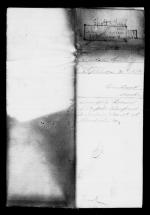
Descriptive Statement of young people being sent to the Carlisle Indian School from Rosebud Agency, as sent by the Rosebud Indian Agent Cicero Newell.
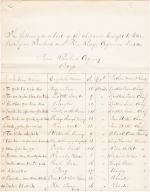
Captain Richard Henry Pratt writes to Ezra H. Hayt, Commissioner of Indian Affairs, regarding the first groups of Sioux, Menominee Ponca, Pawnee, Kiowa, Comanche, Wichita, Seminole, Cheyenne, and Arapaho children and young adults brought to the Carlisle Indian School. Pratt offers a detailed description of the journey, and then lists each…
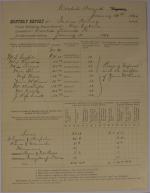
Two duplicate copies of the monthly school report for January 1880, submitted by the Carlisle Indian Training School to the Bureau of Indian Affairs. The report includes a list of employees, a count of students by Nation/Tribe, descriptions of the educational program, and Superintendent Richard Henry Pratt's remarks about developments and…
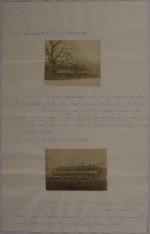
Richard Henry Pratt reports on the buildings, grounds, industrial curriculum, and overall aims of the Carlisle Indian Training School. The report includes descriptions of building sizes and purposes, industrial capabilities, and the efforts then underway to establish Congressional approval for the school's continuation. Also included are…
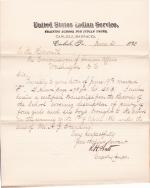
Richard Henry Pratt provides a copy of the Description of Party brought to the Carlisle Indian School by A. J. Standing on April 1, 1880.
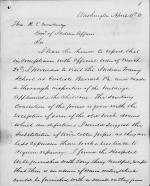
George Kellogg of the Medical Division of the Bureau of Indian Affairs provides a sanitary report on the buildings, appliances, and children at the Carlisle Indian School. He recommends replacing some old brick drains with terra cotta pipes. He finds the buildings to be of a satisfactory condition, particularly commending the hospital - though…
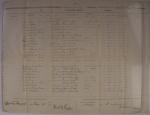
These materials include a cover letter and a Descriptive Statement of Pupils regarding 25 children transferred to the Carlisle Indian School from the Tullahassee Mission in Muscogee Indian Territory.
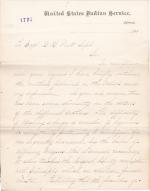
C. M. Semple, the Principal of the Education Department at the Carlisle Indian School provides a report on the teaching methods, educational foundations, and principles guiding the teachers at Carlisle.
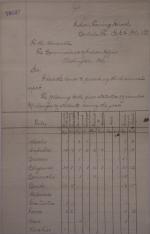
Third annual report of the Carlisle Indian School providing statistics of the number of students from various nations during the school year. Pratt notes that the outing system has been highly successful and comments on the progress of the first group of students from the Sioux Nation along with other groups of students from the Cheyenne,…
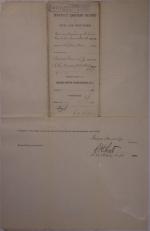
Thomas Stewart Jr., school physician, compiles the monthly sanitary report for September 1882.
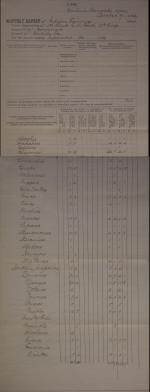
Richard Henry Pratt submits this Monthly School Report for September 1882.
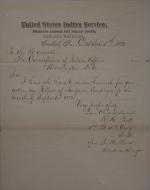
Richard H. Pratt submits a report that lists irregular employees who worked at the school during September 1882. The report includes details on compensation, position titles, race, and the number of days worked during that month.
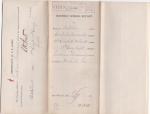
Richard H. Pratt submits this Monthly School Report for October 1882.
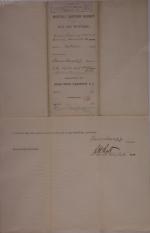
Thomas Stewarts Jr, school physician compiles the monthly sanitary report for October 1882.
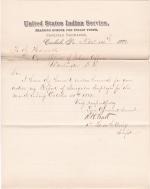
Richard H. Pratt submits a report that lists irregular employees who worked at the school during October 1882. The report includes details on compensation, position titles, race, and the number of days worked during that month.
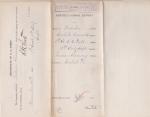
Richard Henry Pratt submits this Monthly School Report for November 1882, which includes a list of text books used for the academic education, industrial trades taught, information on the arrival of students from Pine Ridge and Rosebud Agencies, and enrollment by nation.
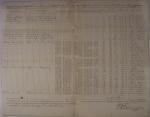
Richard H. Pratt submits a report that lists irregular employees who worked at the school during November 1882. The report includes details on compensation, position titles, race, and the number of days worked during that month.
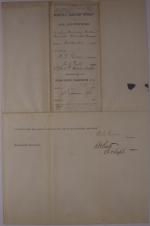
O. G. Given, the school physician, compiles the monthly sanitary report for November 1882.
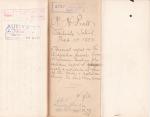
Carlisle School physician O. G. Given provides a report on the health of some of the remaining Northern Arapaho students at Carlisle and recommends returning four boys to their homes. Richard Henry Pratt endorses this recommendation and asks for authority to cover the expense for returning the students to their homes.

These materials include a cover letter and a Descriptive Statement of Pupils regarding 8 children transferred to the Carlisle Indian School from the Crow Agency in Montana. The Descriptive Statement indicates that two female children initially intended for transfer refused to go with the rest of the group.
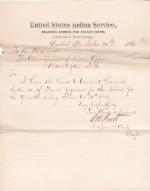
Richard H. Pratt requests funds for regular employee pay, and he encloses an estimate of supplies amounting to $1,050. He also sends an estimate of funds for the fourth quarter of 1883 amounting to $10,295.00 for support of the school.

These materials include a cover letter and a Descriptive Statement of Pupils regarding 11 children transferred to the Carlisle Indian School from the Crow Agency in Montana.
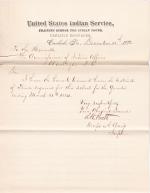
Estimate of funds for the first quarter of 1884 amounting to $14,401.00 for support of the school and estimate of supplies amounting to $1,196. Richard H. Pratt also requests additional funds amounting to $5,510.00 for regular employee pay.

These materials include a cover letter and Descriptive Statements of Pupils regarding 27 children transferred to the Lincoln Institute in Philadelphia, Pennsylvania from the Carlisle Indian School. Those children, from a variety of Nations, had previously been sent to Carlisle.
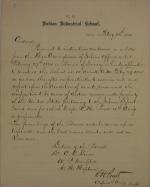
Richard Henry Pratt forwards the proceedings of a Board of Survey convened on February 29, 1884 to dispose of worn out and otherwise unserviceable property and drop them from his property returns.